The Giants Of Our Solar System: TOP 10 Largest Asteroids Ever Recorded (Photos)
28th Jun 2024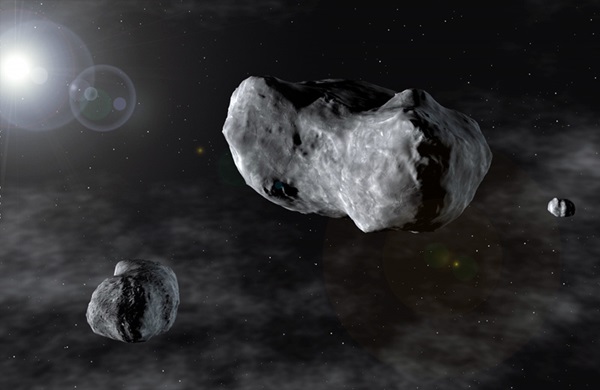
Asteroids are the rocky remnants of our solar system’s formation that orbit the Sun. Among the millions of space rocks of all shapes and sizes, a few stand out due to their large size and unique characteristics.
These colossal bodies, residing mainly in the asteroid belt between Mars and Jupiter, range from the almost planet-like Ceres to the metal-rich Psyche. One of them even has its own moons! Each asteroid on this list holds clues to the origins of our solar system and continues to captivate scientists and space enthusiasts alike.
So, what are these TOP 10 largest asteroids, and why are they interesting? Scroll the article to learn and see their images.
1. Ceres Asteroid
Diameter: ~939 km
Discovery date: 1801
Fact: Located in the asteroid belt between Mars and Jupiter, Ceres is also classified as a dwarf planet. Its water vapor emissions indicate possible subsurface water ice or liquid water.
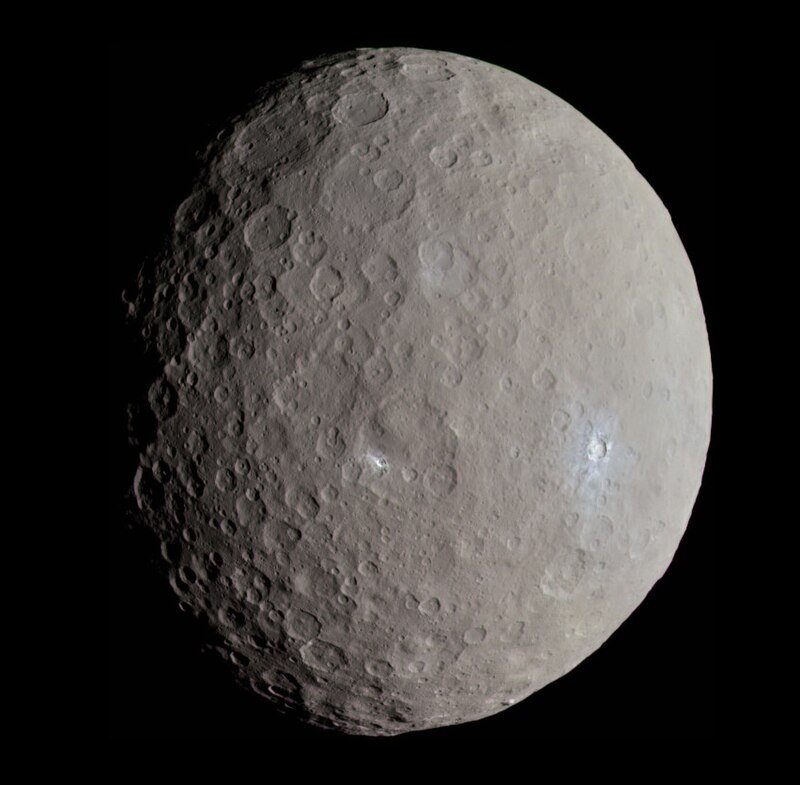
2. Vesta Asteroid
Diameter: ~525 km
Discovery date: 1807
Fact: Vesta is one of the largest objects in the asteroid belt. It has a differentiated interior and a basaltic surface. At its south pole, Vesta has a massive mountain, Rheasilvia, which is one of the tallest mountains in the solar system. Meteorites known as HED meteorites (Howardite, Eucrite, and Diogenite) found on Earth are believed to have originated from Vesta.
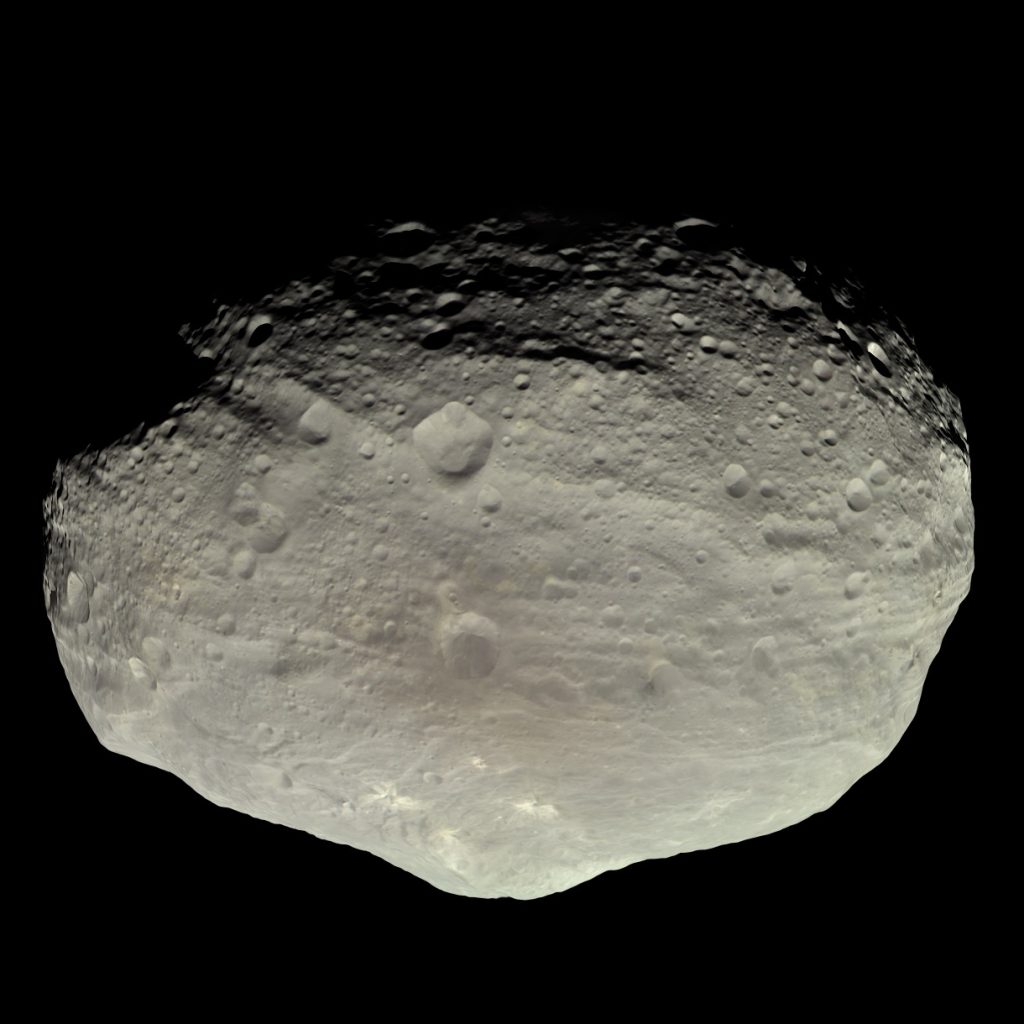
3. Pallas Asteroid
Diameter: ~512 km
Discovery date: 1802
Fact: Pallas has an inclined orbit compared to most other asteroid belt asteroids. It is believed to be a protoplanet, a remnant of the building blocks that formed the planets.
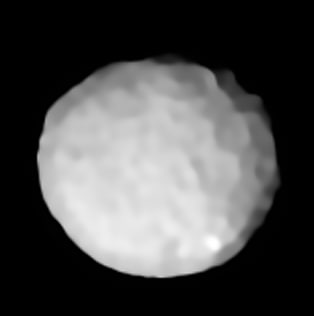
4. 10 Hygiea Asteroid
Diameter: ~434 km
Discovery date: 1849
Fact: Hygiea is the fourth-largest asteroid and the largest carbonaceous asteroid in the asteroid belt. Unlike many other large asteroids, it is nearly spherical.
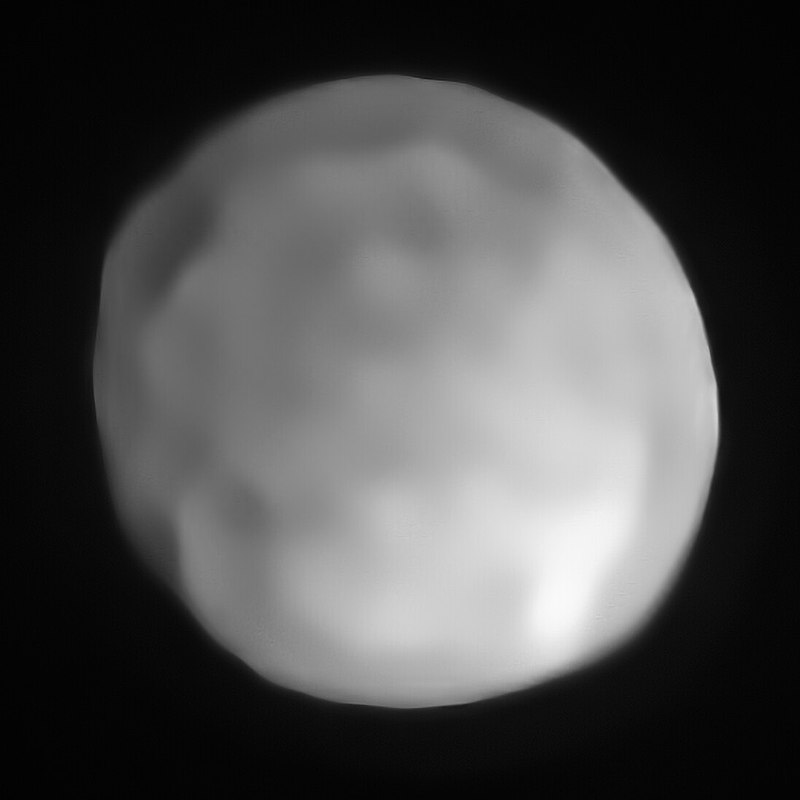
5. 704 Interamnia Asteroid
Diameter: ~350 km
Discovery date: 1910
Fact: Interamnia is one of the most massive asteroids, although not much is known about its surface composition due to limited observational data. Its name means “between the rivers,” referring to the ancient Roman name of Teramo, Italy.
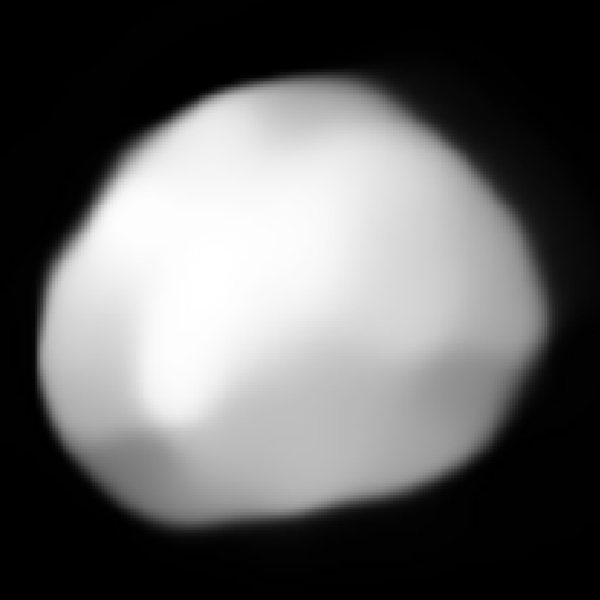
6. Eunomia Asteroid
Diameter: ~268 km
Discovery date: 1851
Fact: Eunomia is the largest stony asteroid (S-type) and has a complex, irregular shape. Its surface shows evidence of past collisions, with numerous craters and grooves.
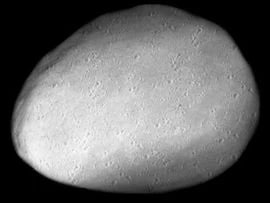
7. 16 Psyche Asteroid
Diameter: ~226 km
Discovery date: 1852
Fact: Psyche is a unique object as it is primarily composed of metallic iron and nickel, resembling the core of a protoplanet. This asteroid is the target of NASA’s Psyche mission.
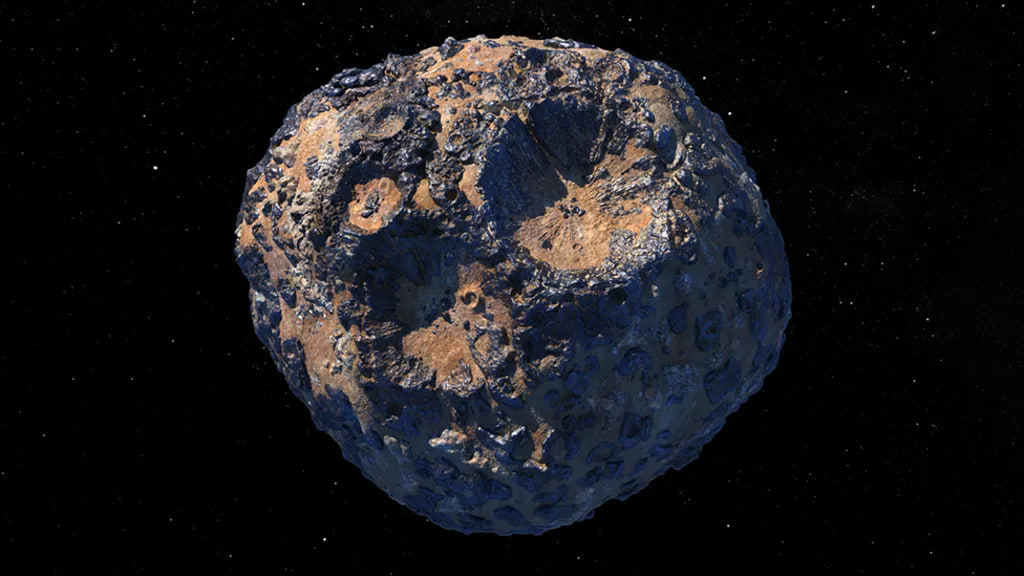
8. Europa Asteroid
Diameter: ~312 km
Discovery date: 1858
Fact: Not to be confused with Jupiter’s moon, Europa, the asteroid, is part of the Flora family of asteroids, which are thought to be remnants of a larger parent body.
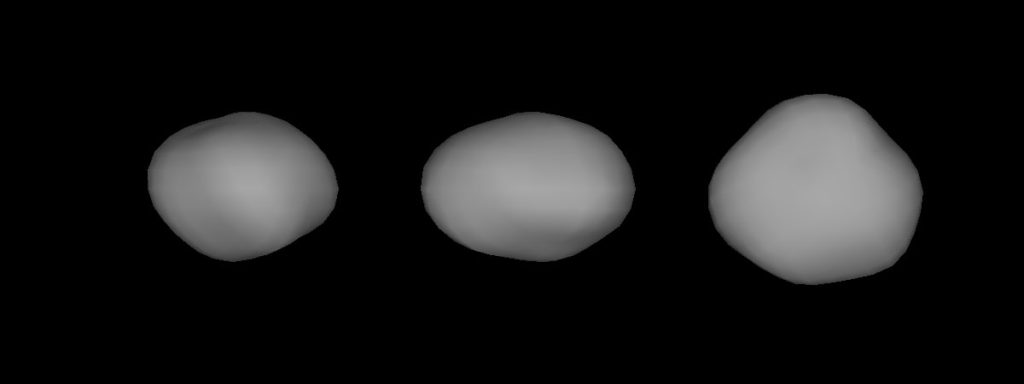
9. Davida Asteroid
Diameter: ~326 km
Discovery date: 1903
Fact: Davida is one of the largest C-type asteroids, consisting mainly of carbonaceous material. Also, it is one of the more massive asteroids, with an estimated mass of about 1.7% of the total mass of the asteroid belt. Additionally, Davida’s rotation period is relatively long, taking about 5.1 hours to complete one rotation.
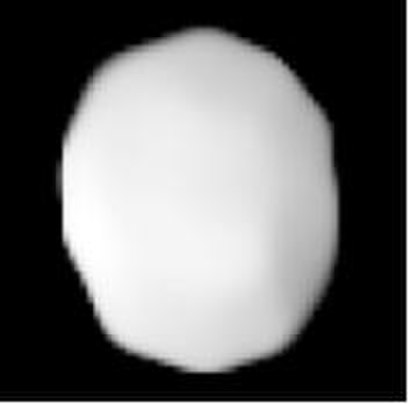
10. 87 Sylvia Asteroid
Diameter: ~288 km
Discovery date: 1866
Fact: Sylvia is unique for having two small moons, Romulus and Remus, discovered in 2001 and 2004, respectively. Sylvia asteroid is a member of the Cybele group of asteroids, which orbit further from the Sun than the main asteroid belt.
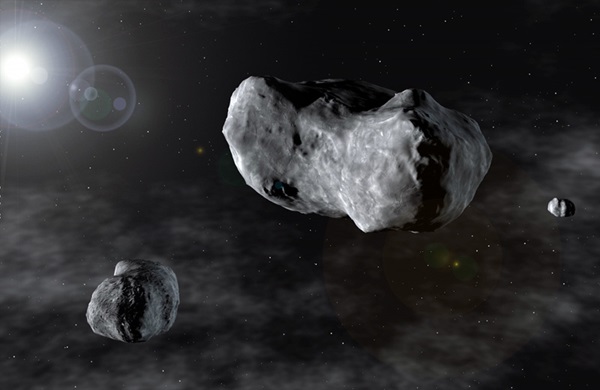
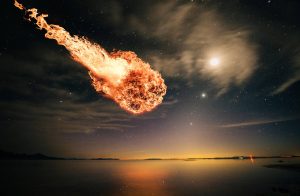


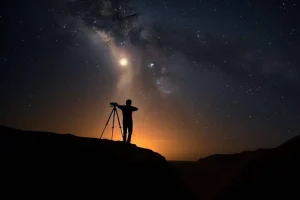


Thank you for your comment! It will be visible on the site after moderation.